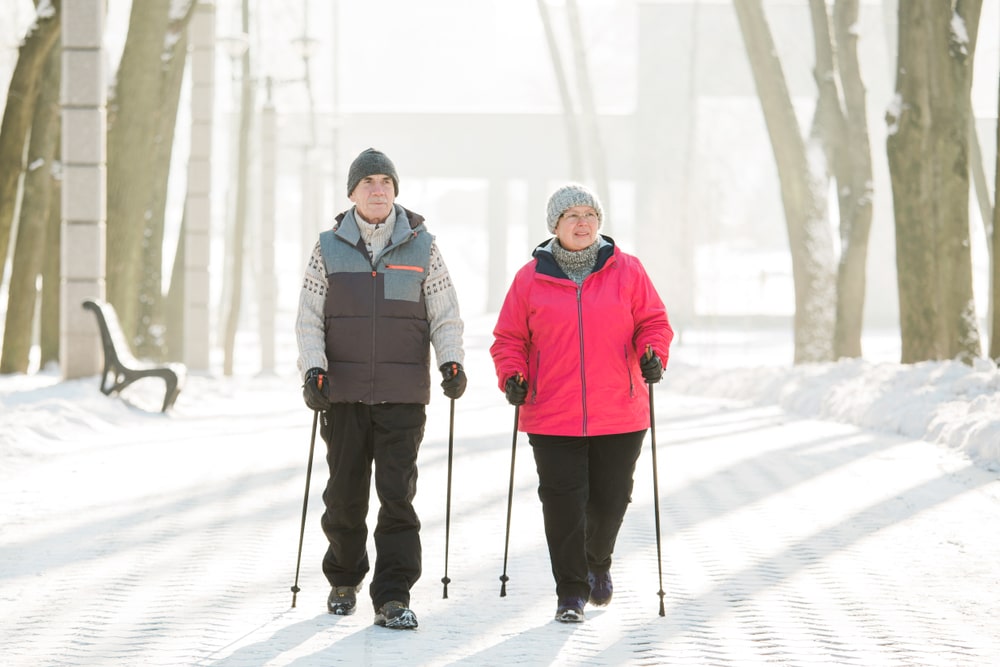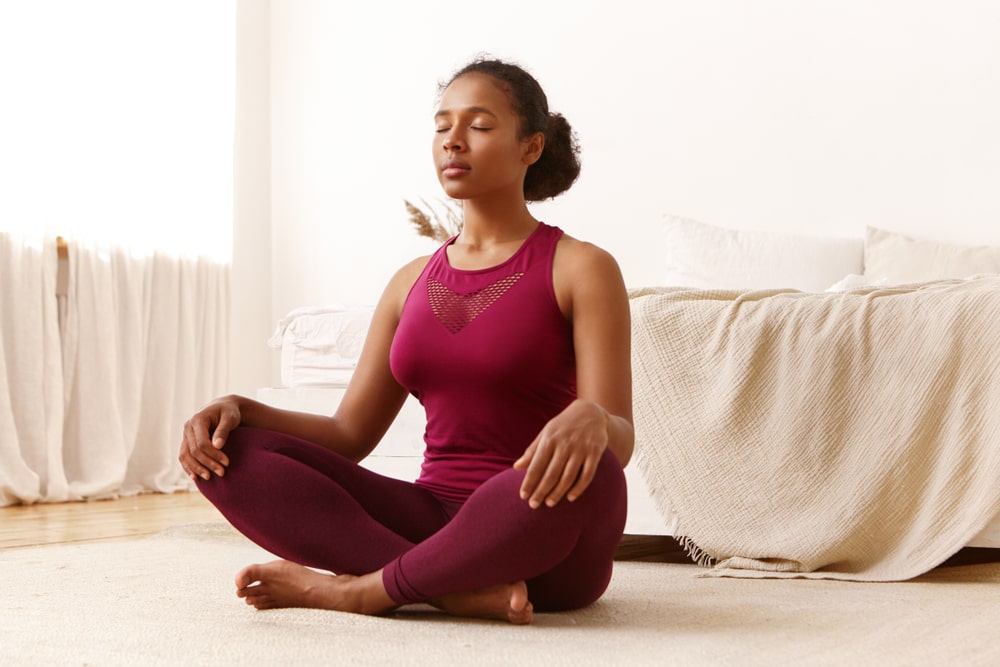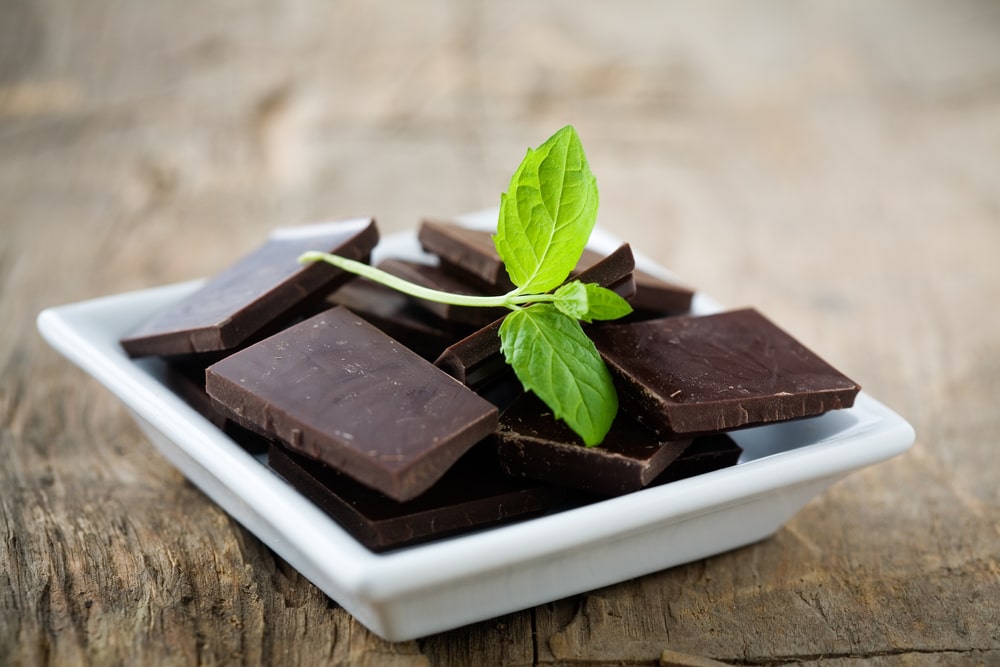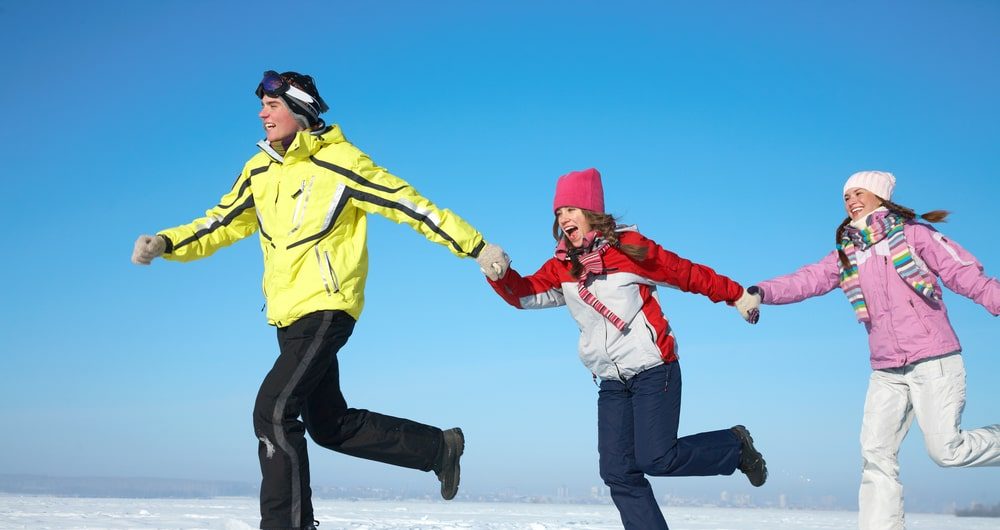Endorphins and exercise: The inside scoop
What are endorphins?
Endorphins are “feel-good” chemicals released by your pituitary gland and central nervous system when you’re in pain, stressed or enjoying pleasurable activities like exercising, eating, laughing or getting intimate. Derived from Greek, the name comes from the words “endogenous”, meaning “made in your body”, and “morphine”, a type of opiate painkiller. Your body makes over 20 kinds of endorphins, but the most studied are beta-endorphins – the ones linked to “runner’s high”.
Endorphins are like double-agents – they’re neurotransmitters since they send signals between nerve cells and hormones because they’re released into your bloodstream and cause physiological changes in parts of your body.

How endorphins work: Understanding what’s happening behind the scenes
Imagine this: you get a paper cut (ouch!), and your nerves deliver pain signals to your brain. Your pituitary gland and central nervous system then come to the rescue by releasing endorphins that attach themselves to opiate receptors in the nerve cells that receive these signals, reducing the pain and creating feelings of pleasure and well-being.
Why endorphins are important and should be your new besties
Endorphins are like Swiss Army knives because they serve many purposes, helping to:
- Relieve pain and stress
- Boost your mood and feelings of pleasure
- Reduce symptoms of anxiety and depression
- Raise confidence levels, leading to improved self-esteem
- Decrease inflammation
- Regulate appetite
- Support a healthy immune system, cognitive function and memory
Endorphins vs. dopamine: The battle of the good vibes
Endorphins and dopamine are both “feel-good” performers, but they both play unique roles. While endorphins mostly handle stress and pain, dopamine elevates your mood and motivation when you’re riding the pleasure wave. Endorphins provide instant gratification because they’re released quickly, and their mood-boosting effects happen during a particular activity. Dopamine, on the other hand, is released slowly and shows up fashionably late, providing its uplifting effects after the activity.
But guess what? Endorphins and dopamine are besties who work well together. When endorphins attach to opiate receptors, dopamine gets released. This means high endorphin levels can increase dopamine production.

Endorphins vs. serotonin
Serotonin, another one of your body’s mood-boosting extraordinaries, wears many hats. This neurotransmitter regulates your mood, sleep, appetite, digestion, learning ability and memory. Think of it like your life coach, keeping important things in check and stable.
How to boost endorphins: 6 natural ways
Now that you know the basics of endorphins, let’s get down to business! Here are six surefire ways to increase these multi-purpose chemicals in your body:
1. Exercise: The ultimate endorphin extravaganza!
Exercise is one of the superstars of unleashing endorphins. Just 20 to 30 minutes of it daily can help send endorphins into overdrive! Strutting your stuff on a power walk, running like you’re being chased by a bear, making a splash at a pool, dancing like no one’s watching or pumping iron are some of the best activities to boost endorphins.
Research shows that 45 minutes of moderate-intensity aerobic exercise three times a week can act as a powerful antidepressant, and other research shows a link between resistance training and decreases in depressive symptoms. Some health-care providers even prescribe exercise on top of medication or therapy to treat symptoms of depression.

2. Laughter: The best medicine (besides exercise)
Laughing is like winning the lottery – like exercise, it causes the release of endorphins plus dopamine and serotonin. It also kicks stress hormones like cortisol to the curb and could even improve sleep quality and symptoms of anxiety and depression. So, the next time you find something funny, don’t hold in those giggles!
3. Meditation: Find your Zen for your endorphins’ sake
Movement clears the head. Think about movement as a tool to flush away stress and anxiety. Getting your heart rate up releases feel-good endorphins. Start small, with little bits of movement built into your day. Walk or wheel for 15 minutes by getting off public transit a few stops earlier. Take the stairs at work if possible. Add a 20-minute lunch break walk or wheel outside to your daily routine (even connect with a pal)—it will do wonders for your mental health!

4. Listen to music: The symphony of endorphins
Music is like the maestro that conducts the endorphin orchestra. Many studies show that it can keep you exercising for longer by turning down the pain that exercise sometimes causes. So, throw on your fave tunes and let the good times roll!
5. Eat smart: Chocolate and spice makes everything nice
Got a sweet tooth? Dark chocolate with 70% or higher cocoa content can boost both endorphin and dopamine levels. Like it hot? The capsaicin (a chili pepper extract) found in spicy foods may also crank up endorphin levels, helping your tongue deal with the pain while also making you feel happy.

6. Consider acupuncture: The needle ninja
Acupuncture is a practice where tiny needles are put in your skin at different spots around your body (known as “acupuncture points”), firing up your central nervous system and causing endorphins and neurochemicals to be released. Many studies show that acupuncture can be a secret weapon against pain and promote physical and emotional well-being.
While physical activity can be an essential mental health tool, you should always reach out for additional support and services if needed.









